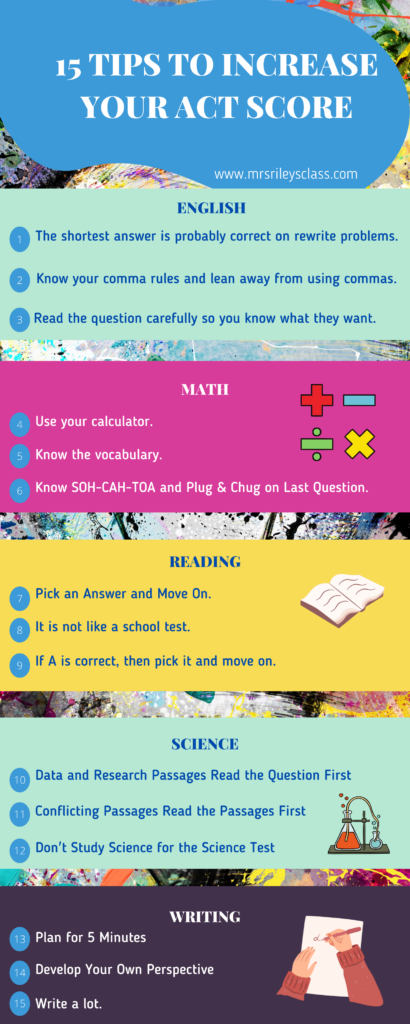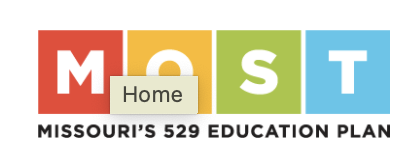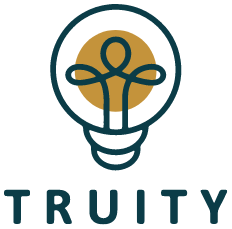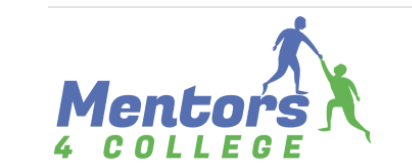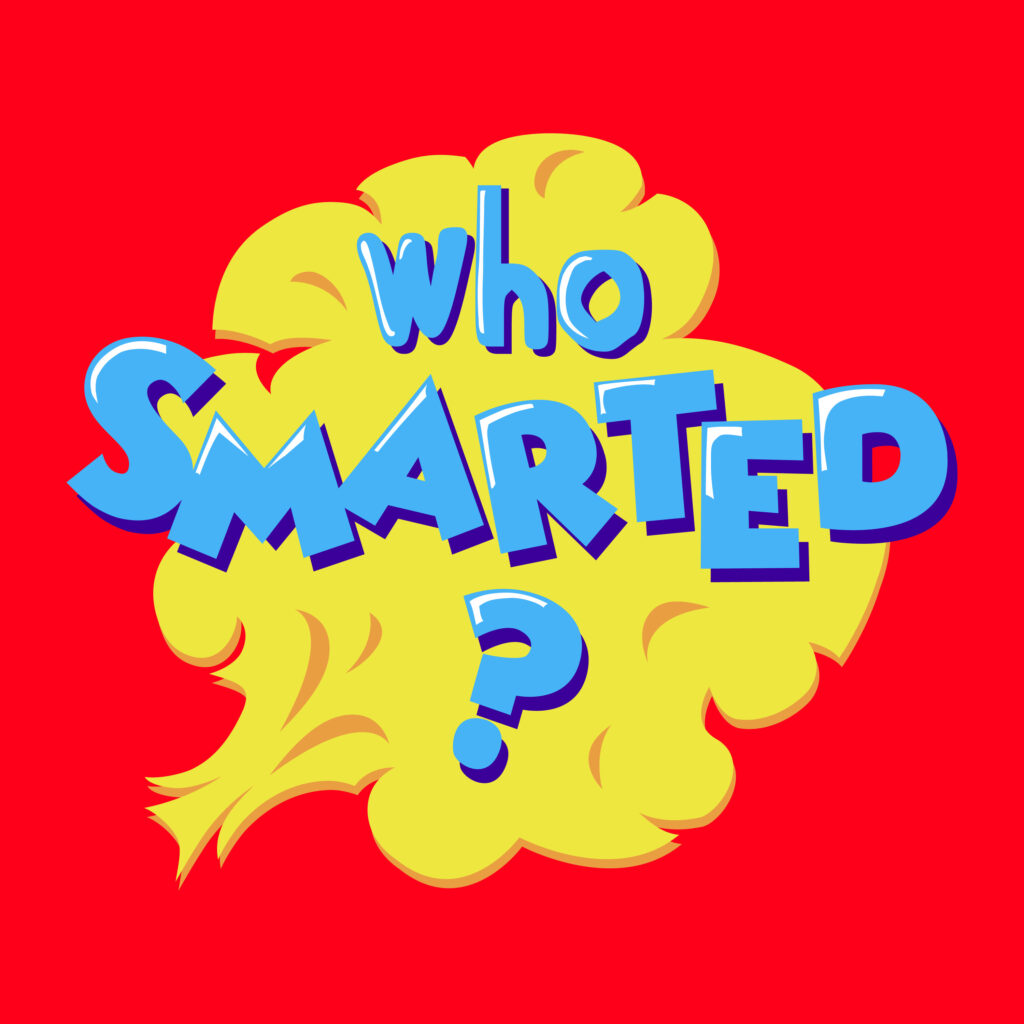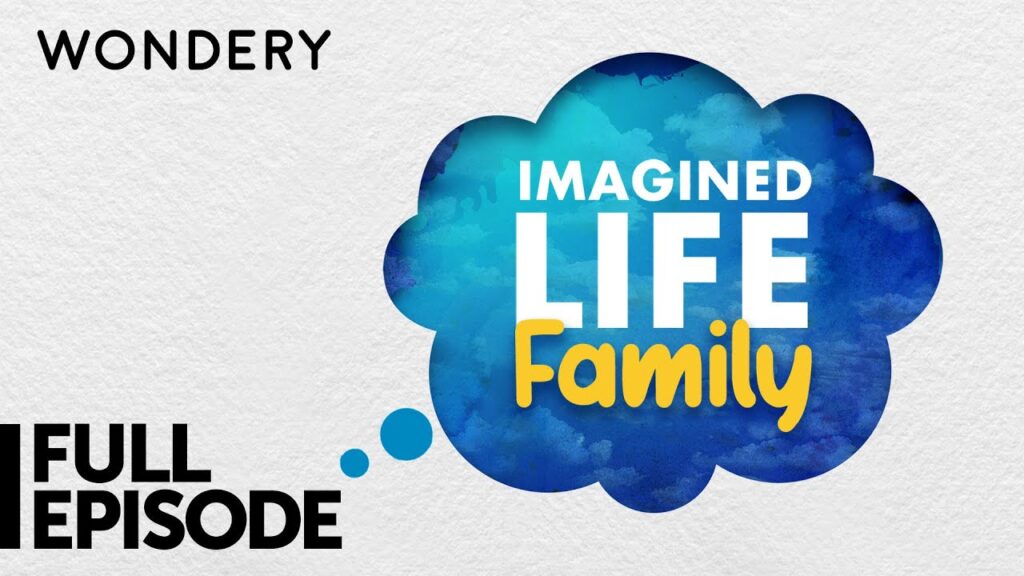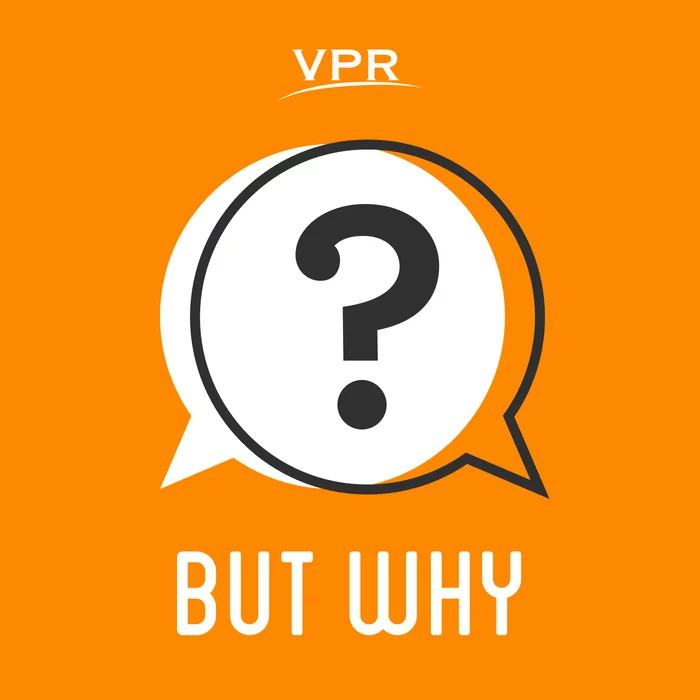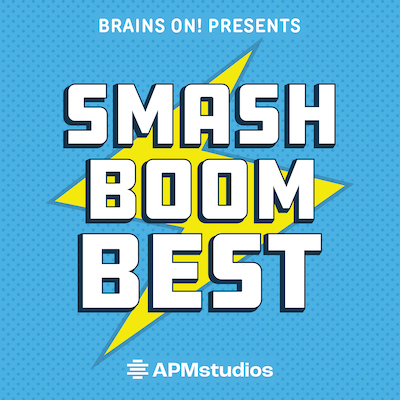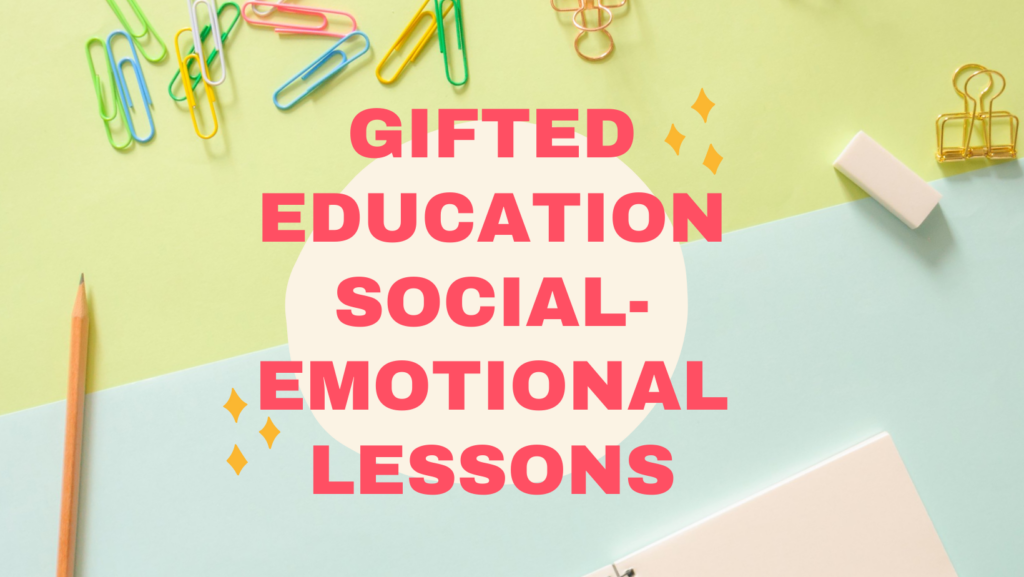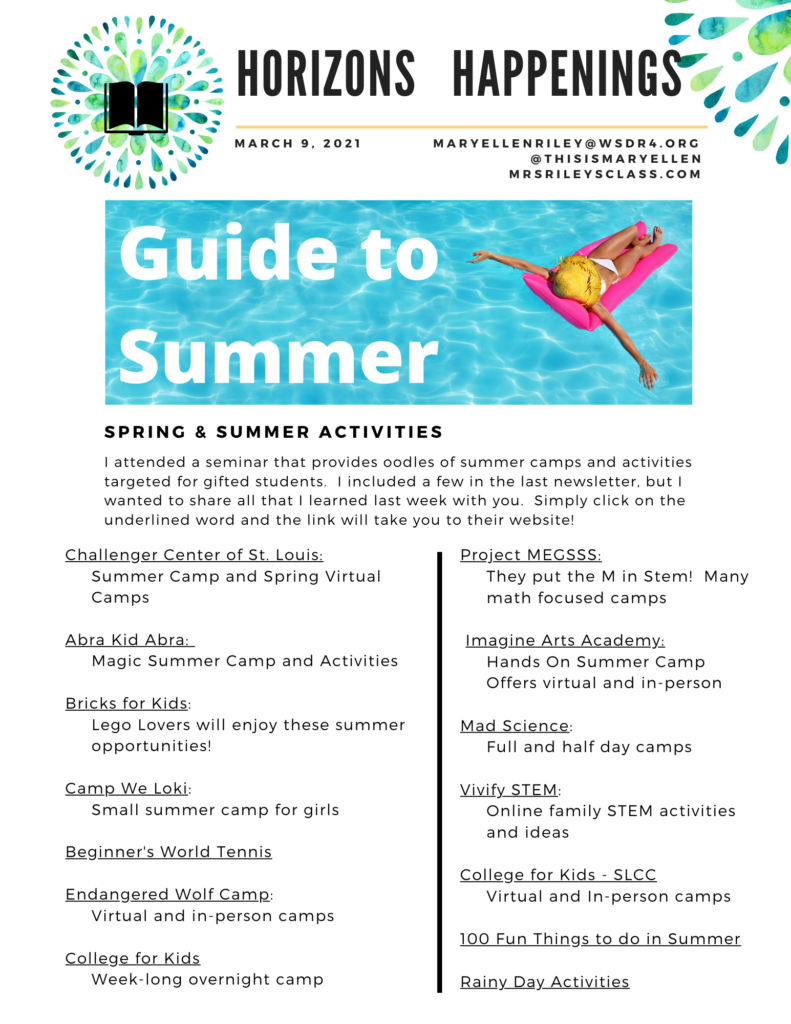I still remember the first time I took my ACT test! As a first-generation college student, I am passionate about giving high school students the necessary tools needed to succeed. This summer I am reading and listening to a variety of sources to provide my future students with the tools to reach their full potential. Sometimes to reach those full potential goals, one has to pass a test. Now, the number of schools going test optional are increasing.
But…..
Remember, the university can change its policy. Massachusetts Institute of Technology (MIT) did this recently. So unless you are sure that your college will accept you and will not change the test optional policy — TAKE THE TEST.
Here is a list of tips that I have summarized from a podcast that interviews Ted Dorsey – owner of Tutor Ted. He scored a 36 on the ACT and preps students for the ACT in his online courses.
English Section
75 questions in 45 minutes
Tip #1: The shortest answer is probably correct on rewrite problems.
If you have taken a practice test, you’ll notice questions about rewording parts of a sentence or paragraph. Most professional writers, and the ACT, like brevity. So if you are not sure about which answer or indecisive between 2 answers that seem correct, go with the shortest one.
Tip #2: Know your comma rules and lean away from using commas.
Overall, students use too many commas according to the ACT test. The test usually leans away from commas. If you are not sure about a question, then answer without the comma. But know your rules! The ACT test does use the Oxford comma. The oxford comma is the last comma in a series such as “goat, milk, and cheese.” The comma before “and” is an Oxford comma and the ACT does accept that. I know you may have seen a series without it and not been corrected. But this test is a college entrance exam. I think one reason could be because colleges use APA (American Psychological Association) formatting much more than MLA (Modern Language Association). APA format requires the Oxford comma.
Tip #3: Read the question carefully so you know what they want.
This tip is pretty obvious and works with any large exam. Be sure to highlight the important part of the question and find that in the text. If you don’t know what the question is asking, it is hard to choose an answer. I always have my students read the questions first, highlight the key part of the question, and then start reading the passage. Since this test is so fast, you may not have time to do that. Instead, you may just have to highlight and find the key part of the question after reading the passage.
Math Section
60 questions in 60 minutes
4th grade through 11th grade math
for a perfect score, know some statistics
Tip #4: Use your calculator.
This is not the time to show off your mental calculating abilities! You are allowed to use a graphic calculator on the test. I would use this tool to check and recheck your answers. I would also use this to have a few programs of simple items you know will be on the test such as finding the distance between two points on a coordinate plane, y-intercept, the mean of a data set, and the quadratic formula for example.
Tip #5: Know the vocabulary.
I know it isn’t an English test. But you need to know the vocabulary to answer the questions. A lot of mathematics up until 7th grade could be considered somewhat intuitive. My students in advanced math could figure out most things up until 7th grade. After that mathematics becomes much more heavy on vocabulary words, and you can’t answer if you don’t know what the word means. Get a practice test or two and highlight any word you do not understand 100%. Go through those words and practice those calculations until you have it 100%.
Tip #6: Know SOH-CAH-TOA and Plug & Chug on Last Question
This might be two tips in one. Know your trigonometric ratios and SOHCAHTOA. These are easy points to obtain. Here is a review video.
The last question on the test usually looks complicated and has a formula that you may or may not have ever seen. Do not skip this question. It looks complicated, but usually you just need to plug and chug the numbers into the formula. What do I mean by plug and chug? Substitute the algebraic letters with the corresponding number. For a very simple example, if I give you the equation F=ma, then the question says that mass is 5 kg and acceleration is 4 m/s squared. Plug in F =(5)(4) and chug F= 20. Answer is 20 Newtons or 20 N.
Reading Section
40 questions in 35 minutes
Yes, you read that right. 40 questions in 35 minutes. This is a speed test.
Tip #7: Pick an Answer and Move On.
Do not go back. You (probably) won’t have time. Pick the answer and move on. Even fast readers like myself have a difficult time getting through this much material in a short amount of time.
Now, if you do have time somehow to go back and doubt yourself, this will statistically increase your score. In a 2020 study, over 29,000 nursing students on a multiple choice exam changed their wrong answer to a right answer and gained points 55.3% of the time with 18.3% losing points.
Tip #8: It is not like a school test.
Generally, as I said, I recommend students read the questions first and then read the passage. This works for almost every school exam and our state assessments as well. But the ACT is not a school test. You have limited time. You have to change strategies and cannot go into it like a school test. Read the passage and answer the questions. You need to answer as many questions in the time allotted just to get a score. No points are gained by leaving the questions blank at the end because you ran out of time.
Tip #9: If A is correct, then pick it and move on.
If you know A is correct, do not waste time reading the rest of the answers.
Science Section
40 questions in 35 minutes
6 or 7 passages to get through
Again, this is a speedy reading test!
Tip #10: Data and Research Passages Read the Question First
There will be data representation passages that include graphs. Read the question FIRST and then go back and look at the graph. The answer is in the graph. If you need to read the passage, then skim for the general idea. But this is a speed test and you must be selective about how long you will take to dig for an answer.
Tip #11: Conflicting Passages Read the Passages First
When you have conflicting viewpoints, it is best to read these passages first. You need to understand the points of view of each scientist before answering the question.
Tip #12: Don’t Study Science for the Science Test
This tip might sound silly. But little detailed science vocabulary is needed on the test. You still need to know the basics like dependent variable, independent variable, and variables. The terms I have seen are taught in middle school, so they should not require a lot of review. Instead, take practice tests. This time spent practicing will allow you to understand the structure and timing.
But you SHOULD already know the formula for density = mass / volume. And pH levels: 7 = neutral, 1-6 = acid, 8-14 = base (alkali).
Essay Section (Optional)
40 minutes
This test is completely optional. I would go through the colleges you are looking at applying to and verifyif they require it. If you are looking into UCLA, Harvard and schools of that caliber, you will need to take it.
Tip #13: Plan for 5 Minutes
Again, not many students have had to encounter a timed essay. Therefore, you need a strategy. A common problem if you start writing from the start of the 40 minutes, students tend to run out of ideas or wrap up too soon. You don’t want to run out of things to say with 10 minutes left on the clock. Take 5 minutes to outline and plan the essay. How? I never start with the introduction. Ever. I will develop a thesis statement or one idea I am going to prove. Next, write your body paragraphs. Then, write your introduction which is an overview of these main ideas in the body paragraphs. Finally, write the conclusion.
Tip #14: Develop Your Own Perspective
The essay gives you a contemporary issue and you may agree with a perspective given on the test. However, this route would lead to regurgitating what the perspective has already said and would be difficult to illustrate your analysis skills.
Tip #15: Write a lot.
When taking the last few minutes to edit, it is much easier to remove then to add. If you look at the example high score example on the ACT website, you’ll notice it is in the standard 5 paragraph format. This is introduction with thesis, main idea paragraph 1, main idea paragraph 2, main idea paragraph 3, and conclusion.
